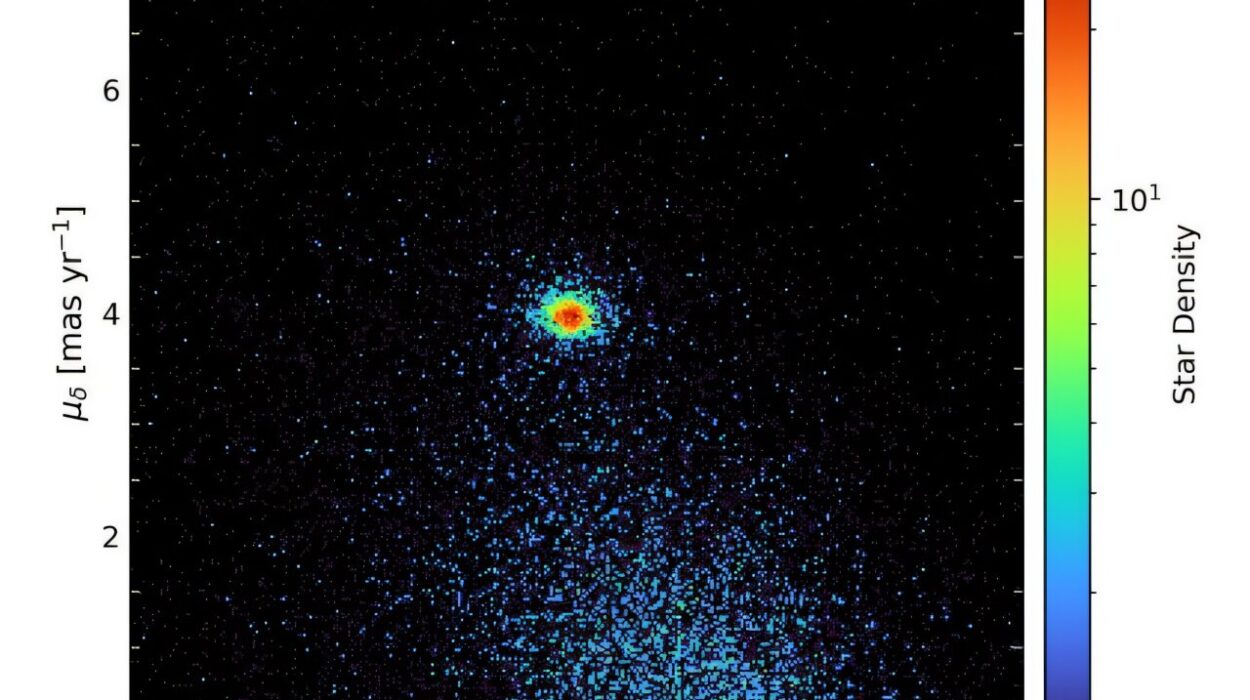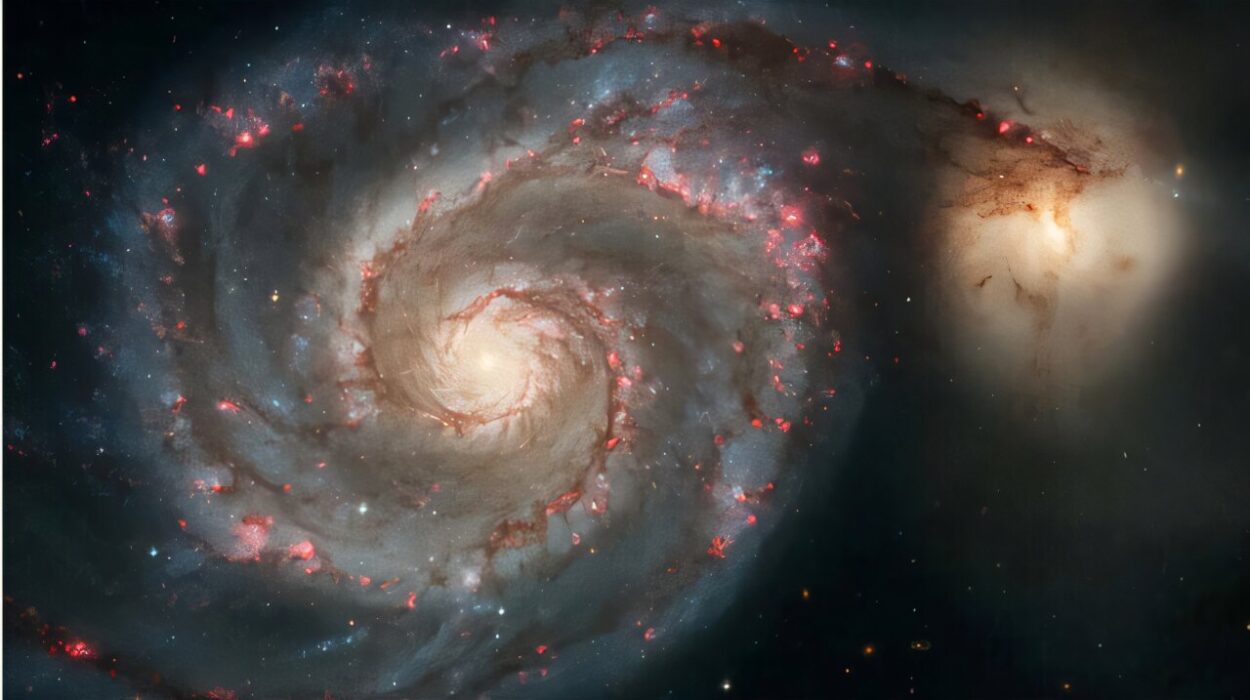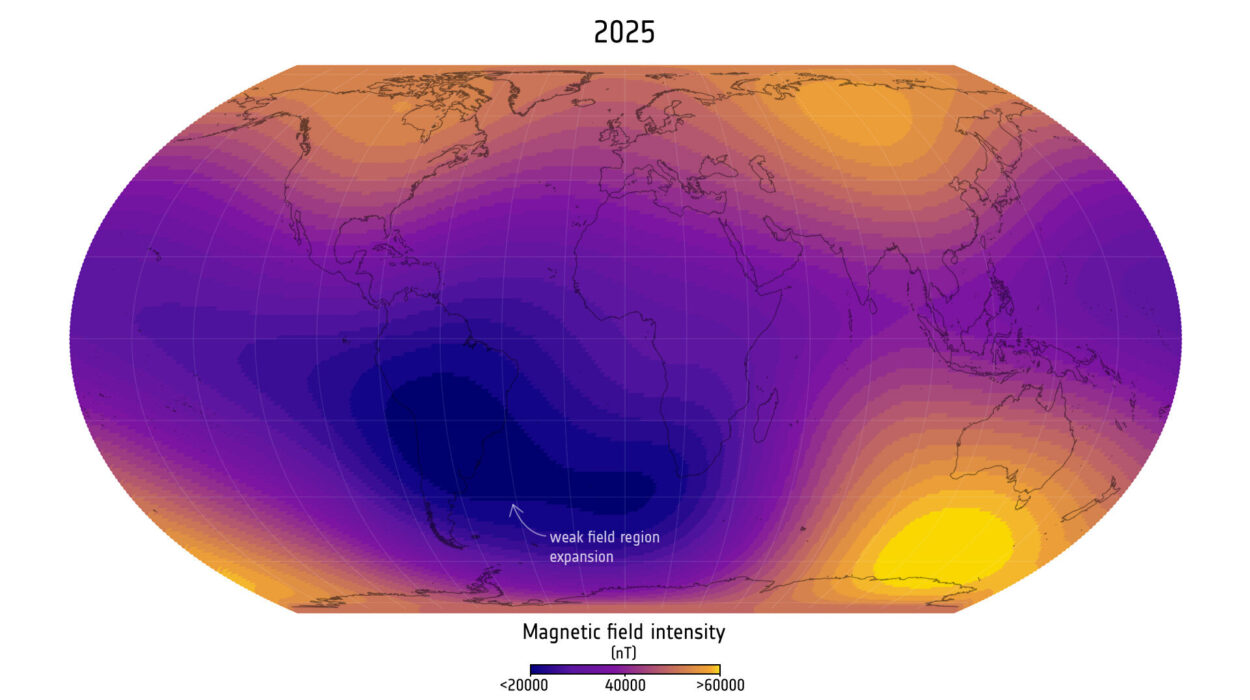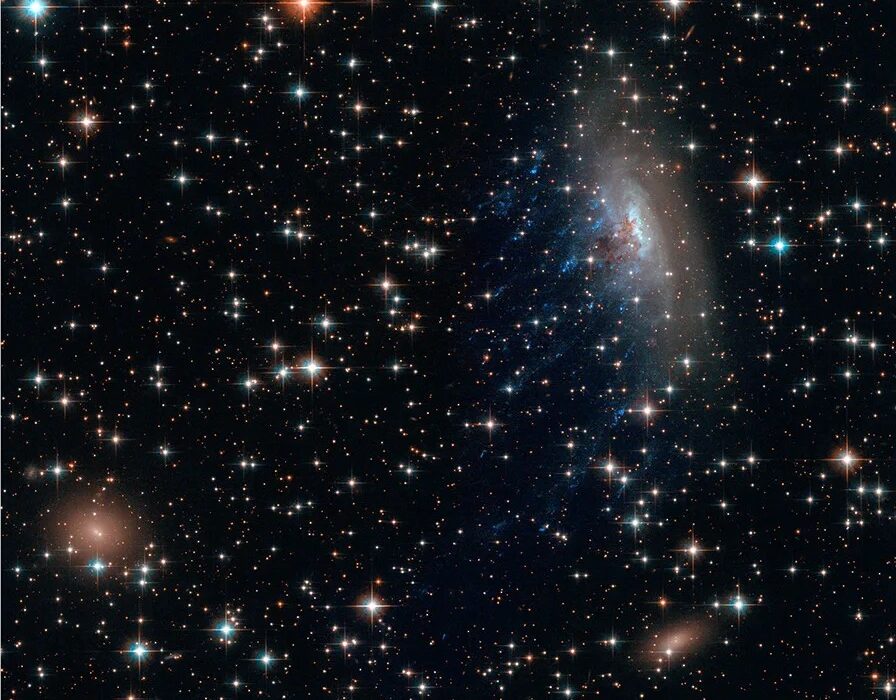On March 15, 2024, as the sun erupted with one of its most intense solar flares of the current solar cycle, a stunning cosmic spectacle unfolded not just on Earth, but deep in the Martian skies. Riding the waves of solar fury, a powerful coronal mass ejection (CME)—a massive explosion of magnetized gas—blasted through the solar system, setting off dazzling auroras not only on Earth but on other planets as well.
For the first time in history, NASA’s Perseverance Mars rover captured this celestial phenomenon from the surface of another world. The rover recorded visible-light auroras—those breathtaking, shimmering curtains of light that Earthlings are familiar with—on Mars, marking a landmark moment in space science and interplanetary weather studies.
A Dazzling First for Mars
“This exciting discovery opens up new possibilities for auroral research and confirms that auroras could be visible to future astronauts on Mars’ surface,” said Dr. Elise Knutsen, postdoctoral researcher at the University of Oslo and lead author of the groundbreaking Science Advances study.
Auroras are typically a hallmark of planets with magnetic fields. On Earth, the global magnetic field channels energetic particles from solar storms toward the poles, where they slam into atmospheric gases and light up the sky. The iconic green glow is produced by excited oxygen atoms emitting light at a specific wavelength—557.7 nanometers.
But Mars tells a different story.
Unlike Earth, the red planet lacks a global magnetic field. Instead, it has scattered patches of localized magnetic crust. This unique magnetic architecture gives rise to different types of auroras. Among the most fascinating are solar energetic particle (SEP) auroras. Discovered in ultraviolet light by NASA’s MAVEN (Mars Atmosphere and Volatile EvolutioN) mission in 2014, SEP auroras occur when high-energy particles from the sun bombard the Martian atmosphere, making it glow.
Until 2024, these Martian auroras had never been seen from the ground—or in visible light. That was about to change.
The Science of Seeing Green
Green auroras on Earth are often visible to the naked eye, but the same phenomenon on Mars is more elusive. Researchers have long theorized that green auroras could exist on Mars, but that they would be much dimmer due to the planet’s thin atmosphere and different magnetic conditions.
The key to capturing them was timing—and technology.
Dr. Knutsen and her team developed a clever strategy. They used predictive modeling to determine the best viewing angle for the Perseverance rover’s instruments: the SuperCam spectrometer and Mastcam-Z camera. These tools, designed for geology and atmospheric studies, were repurposed to seek out the Martian aurora.
But even with this setup, catching the right moment was like trying to photograph a lightning bolt in a storm you can’t see coming—unless, that is, you have help from Earth.
Real-Time Space Weather Forecasting
Back on Earth, the Moon to Mars (M2M) Space Weather Analysis Office at NASA’s Goddard Space Flight Center was hard at work. Their job? To analyze solar eruptions and forecast how these massive blasts of solar energy might affect planets and missions throughout the solar system.
When the March 15 CME erupted, the M2M office sent an alert to NASA’s Community Coordinated Modeling Center (CCMC). The solar storm was headed toward Mars. Dr. Christina Lee, a space physicist at UC Berkeley and member of the MAVEN mission, received the warning. She quickly issued a Mars Space Weather Alert Notification, warning missions currently operating on the planet.
“When we saw the strength of this one,” Dr. Knutsen recalled, “we estimated it could trigger aurora bright enough for our instruments to detect.”
A Moment in Martian Time
A few days later, Mars was struck by the charged wave of solar particles. At just the right moment, Perseverance was ready.
The rover captured a glowing Martian sky with its cameras, and SuperCam detected emissions at precisely 557.7 nanometers—the hallmark of the green aurora familiar on Earth. It was a stunning revelation: the same atomic signature of green light auroras had made its mark on Mars.
Confirmation came swiftly. MAVEN’s SEP instrument recorded a surge of energetic particles, supporting the findings from the surface. ESA’s Mars Express mission also confirmed the increase in solar activity. Together, these three data points sealed the discovery.
“It was a fantastic example of cross-mission coordination,” said Dr. Shannon Curry, MAVEN’s principal investigator. “We all worked together quickly to facilitate this observation and are thrilled to have finally gotten a sneak peek of what astronauts will be able to see there someday.”
Why This Discovery Matters
For NASA, this event was more than a visual delight. It was a significant step toward understanding the Martian environment in preparation for future human exploration.
“Perseverance’s observations of the visible-light aurora confirm a new way to study these phenomena that’s complementary to what we can observe with our Mars orbiters,” said Dr. Katie Stack Morgan, acting project scientist for Perseverance.
Understanding auroras on Mars is about more than aesthetics. These glowing signals are direct indicators of solar activity and radiation levels. High-energy particles from CMEs can pose risks to both robotic systems and human explorers. Observing auroras in visible light adds another layer of monitoring for solar storms—a vital consideration as NASA moves closer to sending astronauts to Mars.
The discovery also reveals just how dynamic and beautiful Mars can be. The idea that future astronauts might gaze up from their base camp and see dancing green lights flicker across the Martian night sky is no longer science fiction.
The Martian Nightlight and the Human Dream
It’s easy to think of Mars as a desolate, lifeless rock. But moments like these remind us that the red planet is not static—it breathes solar wind, it glows under cosmic bombardment, and now, it sparkles with auroras.
That green shimmer in the Martian night is more than just a lightshow. It’s a message from the sun, captured by our machines, decoded by our scientists, and brought home to Earth to inspire the next chapter of exploration.
As humans prepare for the great leap to Mars, discoveries like this ignite imagination as much as they advance science. When the first astronauts walk on Martian soil and gaze up at a sky lit by green fire, they will be witnessing a phenomenon first captured by Perseverance—a moment when Mars felt just a little more like home.
And it all began with a solar storm, a patient rover, and the timeless human desire to look up and understand the light in the darkness.
Reference: Elise W. Knutsen et al, Detection of visible-wavelength aurora on Mars, Science Advances (2025). DOI: 10.1126/sciadv.ads1563






